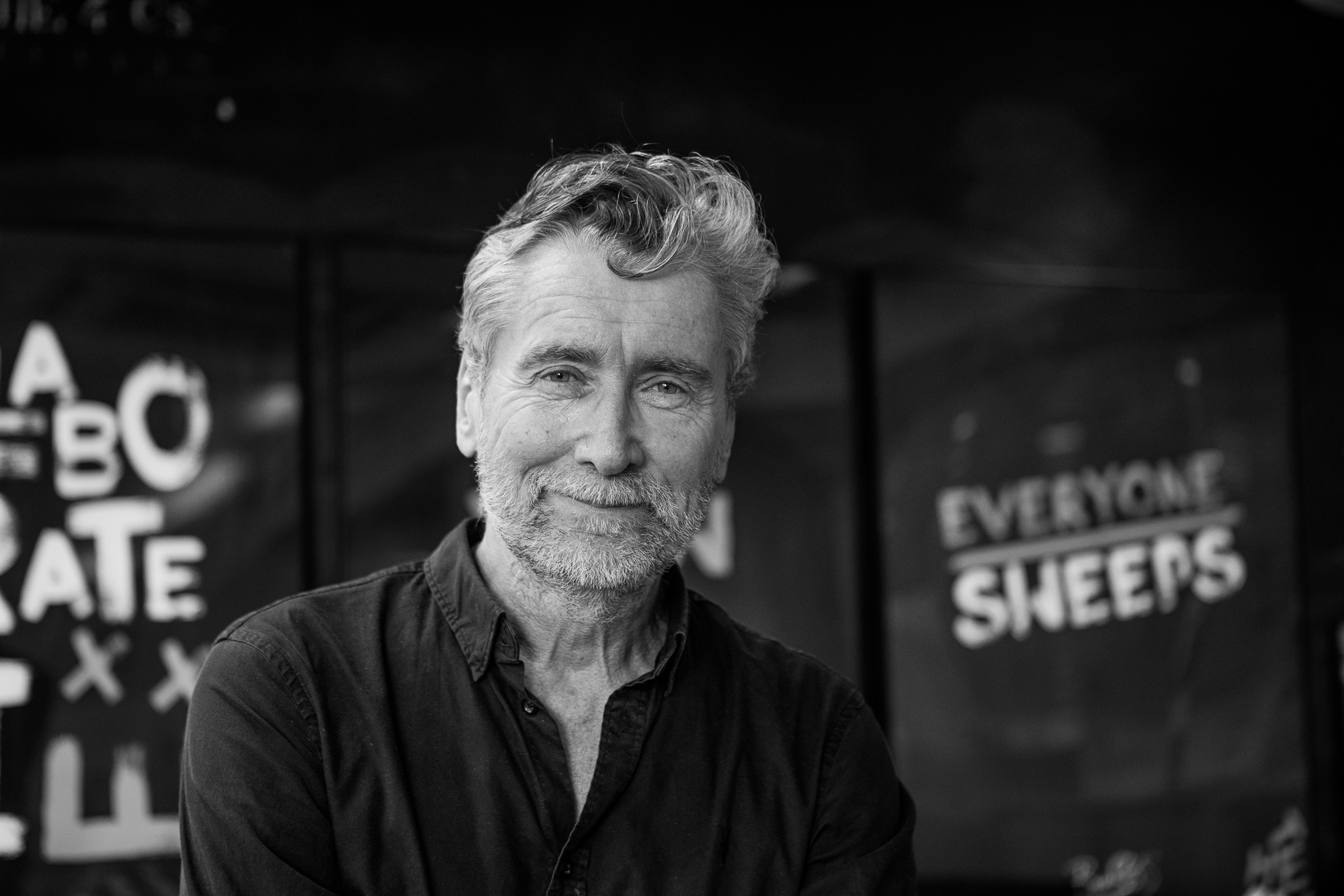The Reverse Omakase

The Omakase is a sushi menu where you don’t select anything yourself, instead leaving it up to the chef to bring what he or she thinks is best. It’s an ideal relationship of trust between purveyor and customer: the chef is trusted to provide excellent food, and the customer is trusted to be openminded enough to try some selections that might be out of their comfort zone. In the end the customer gets to broaden their horizons in an environment where the chef will be doing their best to impress.
The Omakase would be the ideal situation in an advertising agency, where the client would trust the agency to produce excellent work, and the agency, partly from their own creative standards, but partly because they want to be hired again, would provide their very best work.
This happened a lot in my early years at AMV BBDO. As the biggest and best agency in the country, clients had a lot of confidence in its output, and generally trusted its opinion of what would work best for them. That faith was almost always repaid with memorable, effective advertising.
I’m sure the majority of your experiences have been a kind of compromised Omakase, where the customer turns their nose up at some of the selections, sends others back and the whole endeavour isn’t quite the trust-fest that might have been intended.
Then you have the Reverse Omakase: a soul-sapping breakdown of trust and confidence that winds its way through the most tedious and depressing path to invariably dreadful work. It has only happened to me a couple of times, both in the last three years, but I worry that a combination of circumstances are increasingly conspiring to make it a more common occurrence.
Allow me to describe how it appears (from my experience, at least): the process starts innocently enough, with a brief of some sort. As usual, I begin by getting ridiculously optimistic about the possibilities, and bring my A-game. This is met with a degree of appreciation and approval, but also criticism and ‘notes’. And that’s no problem; we’ve all been there, and the back-and-forth process is often essential to getting to the most effective solution, especially with a new client or a new sector. Ideally you reach that solution fairly quickly and progress to execution.
But in the Reverse Omakase, the solution might or might not exist at the end of a very long, tortuous, trust-free trudge that is painful for both sides.
In the sushi world, this would be akin to challenging a chef to guess what you like, but when they inevitably get it wrong you would respond with eye-rolling micro-management. Suggest the fish, then dictate the fish, then give instructions on how it should be prepared, then miss the fact (or don’t care) that the chef is losing the will to live, then don’t allow them to express their creativity in any way, continue to be pissed off that they can’t read your mind, and end up with something that’s mediocre at best because you’re not actually all that good at preparing sushi.
In the advertising world it consists of poor or ambiguous feedback, annoyance at the inaccurate response to the vague criticism, several rounds of micro management, the creative becoming disillusioned and, seeing that the A-game is not working, offering the B- or C-game. The client then becomes more disappointed and more heavy-handed, sending the process into a vicious spiral where the creative begins to pray that the client will simply dictate the whole thing and reach the conclusion at greater speed. But no such luck. The comments become ever-more granular, and your increasing exasperation means you want to explain that you have plenty of experience at performing these tasks with great success, but that would not sway their opinions one iota. You’re now in a feedback loop that will soon remove your entire will to live.
And none of this makes the client any happier. They know that the creative is being paid, so ought to be contributing. However, not everyone knows how to be a good client, by which I mean one who can offer clear and constructive feedback. Some commissioners of advertising just have a poor ad in their heads and are waiting for the creative to fumble their way towards it. Standards go out of the window, and the creative, who knows what a really good line is, does not know if their new line is mediocre enough to satisfy the random arbiter of taste, so poorer lines are offered, and the client wonders what they are paying for, and on, and on, and on…
I don’t know how many of you have been through this, but I find that in the world of fragmented media, multiple clients, low-quality training, the ever-hastening death of craft skills, and ever-increasing demands of less interesting jobs with lower salaries, this situation is becoming more common.
Some clients don’t know how to recognise quality, but they are in the position of deciding whether your work is up to snuff, and they usually have a boss of their own, who will want to know why the work is what it is. This breeds insecurity, the aforementioned micro-management, and the breakdown of and trust in the creative/client relationship.
Obviously that is not a recipe for success, but in 2020, the Reverse Omakase is alive and well and gaining in prevalence. If you should find yourself in the kitchen when someone orders it, get ready, because chances are, your hopes of making some impeccable Kazunoko and Shime-Saba are about to be crushed into a month of cobbling together a grim old shit sandwich.


